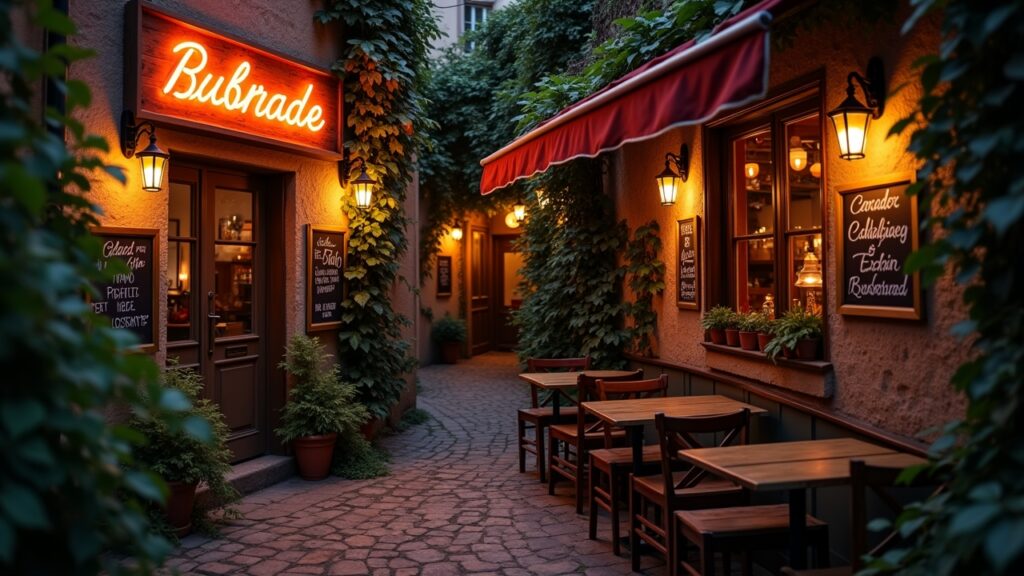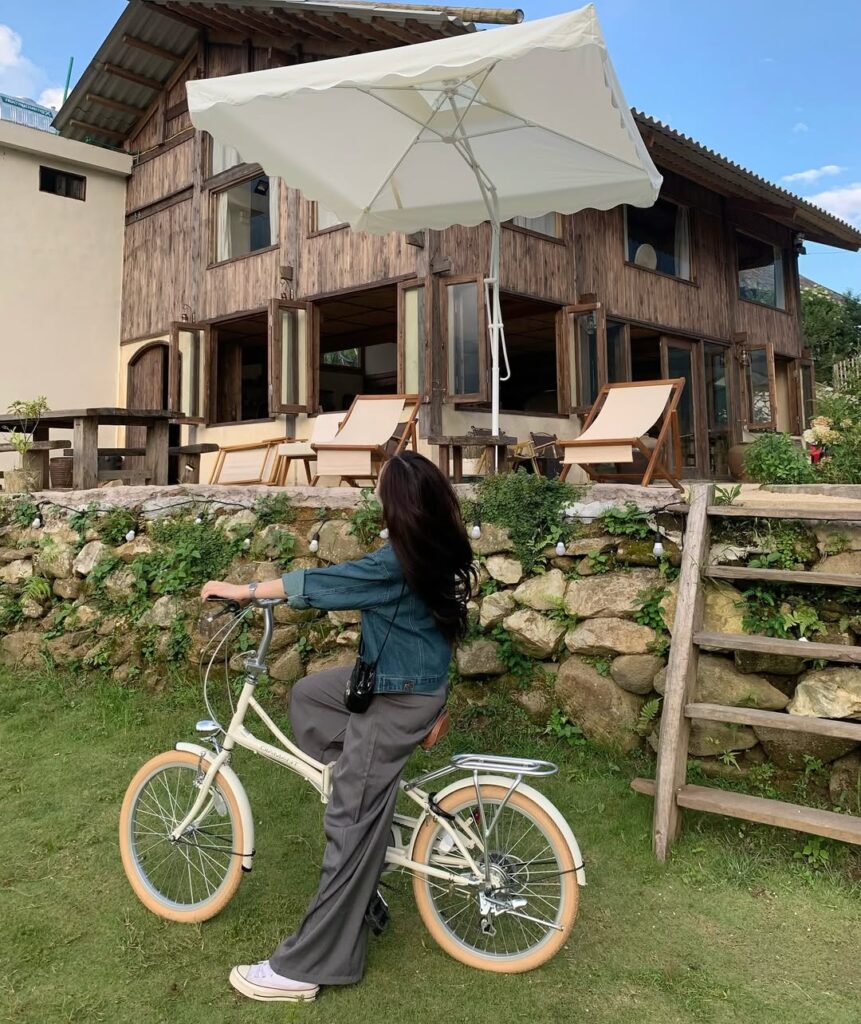Advertisements
Did you know that Vietnamese cuisine is now the fastest-growing Asian food segment in America? When I first stumbled into vietnamese food brand building three years ago, I had no clue about this stat. I was just a marketing consultant who’d fallen head-over-heels for banh mi and thought, “Hey, how hard could it be to help Vietnamese restaurants build their brands?”
Spoiler alert: it was way harder than I expected! But also way more rewarding than any other branding project I’d tackled.
The Cultural Authenticity Challenge (And My Epic Fail)

My first Vietnamese food client was this adorable family-owned pho joint in downtown. They’d been serving incredible food for years but struggled with brand recognition. I waltzed in with my typical Western marketing playbook and suggested we rebrand with a “modern, minimalist approach.”
The owner, Mrs. Nguyen, politely nodded while I pitched sleek logos and Instagram-worthy food photography. Two weeks later, she called me into her restaurant and said something that still gives me chills: “Linkcheese, you’re making us look like everyone else, but we’re not everyone else.”
She was absolutely right. Vietnamese food branding isn’t about stripping away culture – it’s about celebrating it while making it accessible to new audiences.
Finding the Sweet Spot Between Tradition and Trend
After that reality check, I dove deep into understanding Vietnamese food culture. I spent weeks researching, interviewing Vietnamese restaurant owners, and honestly, eating way too much pho (not complaining though!).
The key breakthrough came when I realized that successful Vietnamese food brands don’t choose between authenticity and mainstream appeal. They bridge both worlds by:
- Telling authentic family stories behind recipes
- Using traditional Vietnamese design elements in modern ways
- Educating customers about ingredients and cooking methods
- Creating social media content that showcases the cooking process
One client, a banh mi shop, saw a 40% increase in foot traffic after we started sharing their grandmother’s original recipes on social media. People loved learning about the history behind banh mi sandwiches!
Digital Marketing Strategies That Actually Work
Vietnamese food brand building in 2024 means getting digital marketing right. But here’s what I learned the hard way: generic food photography doesn’t cut it for Vietnamese cuisine.
The turning point came when I encouraged my clients to show the messy, beautiful reality of Vietnamese cooking. Instead of pristine plating shots, we filmed the sizzling sound of beef hitting the pho broth. We captured the steam rising from fresh banh cuon being made.
The results were incredible. Engagement rates tripled because people could almost smell the food through their screens! Visual storytelling became our secret weapon.
Building Community Through Food Stories
Vietnamese food brands that succeed understand something crucial: they’re not just selling food, they’re sharing culture. This realization transformed how I approached branding for my clients.
We started incorporating family immigration stories, the significance of sharing meals in Vietnamese culture, and the meaning behind traditional ingredients. One client’s story about their mother’s secret pho recipe became their most-shared social media post ever.
The community response was overwhelming. Customers started bringing their own families to experience “authentic Vietnamese hospitality,” not just grab a quick meal.
Common Branding Mistakes I See (And How to Avoid Them)
After working with dozens of Vietnamese food businesses, I’ve noticed the same mistakes pop up repeatedly. The biggest one? Trying to make Vietnamese food seem “less foreign” to appeal to mainstream audiences.
This approach backfires spectacularly because it strips away exactly what makes Vietnamese cuisine special. Instead, successful brands embrace their uniqueness while providing context and education.
- Don’t oversimplify menu descriptions – explain what makes each dish special
- Avoid generic Asian fusion imagery – Vietnamese culture has its own distinct visual identity
- Never underestimate the power of pronunciation guides for menu items
- Don’t ignore the importance of family stories in Vietnamese business culture
The Future of Vietnamese Food Branding
Vietnamese food brand building is evolving rapidly, and I’m excited about what’s coming next. Younger Vietnamese-American entrepreneurs are creating brands that honor tradition while speaking to modern audiences in fresh ways.
The most successful brands I work with now focus on education, storytelling, and community building. They’re not just restaurants – they’re cultural ambassadors who happen to serve incredible food.
Ready to Spice Up Your Brand Strategy?
Building a Vietnamese food brand that resonates requires understanding both the culture and the market. It’s about respecting tradition while embracing innovation – something that’s become my specialty over these past few years.
The Vietnamese food industry is booming, and there’s never been a better time to get your branding right. Remember to stay authentic, tell your story, and never underestimate the power of a good bowl of pho to bring people together.
Want to dive deeper into food branding strategies and cultural marketing? Check out more insights and case studies right here on Linkcheese – I’m always sharing the latest lessons from the trenches!



Pingback: The Ultimate Guide To Saigon Street Food - LinkCheese